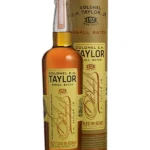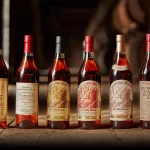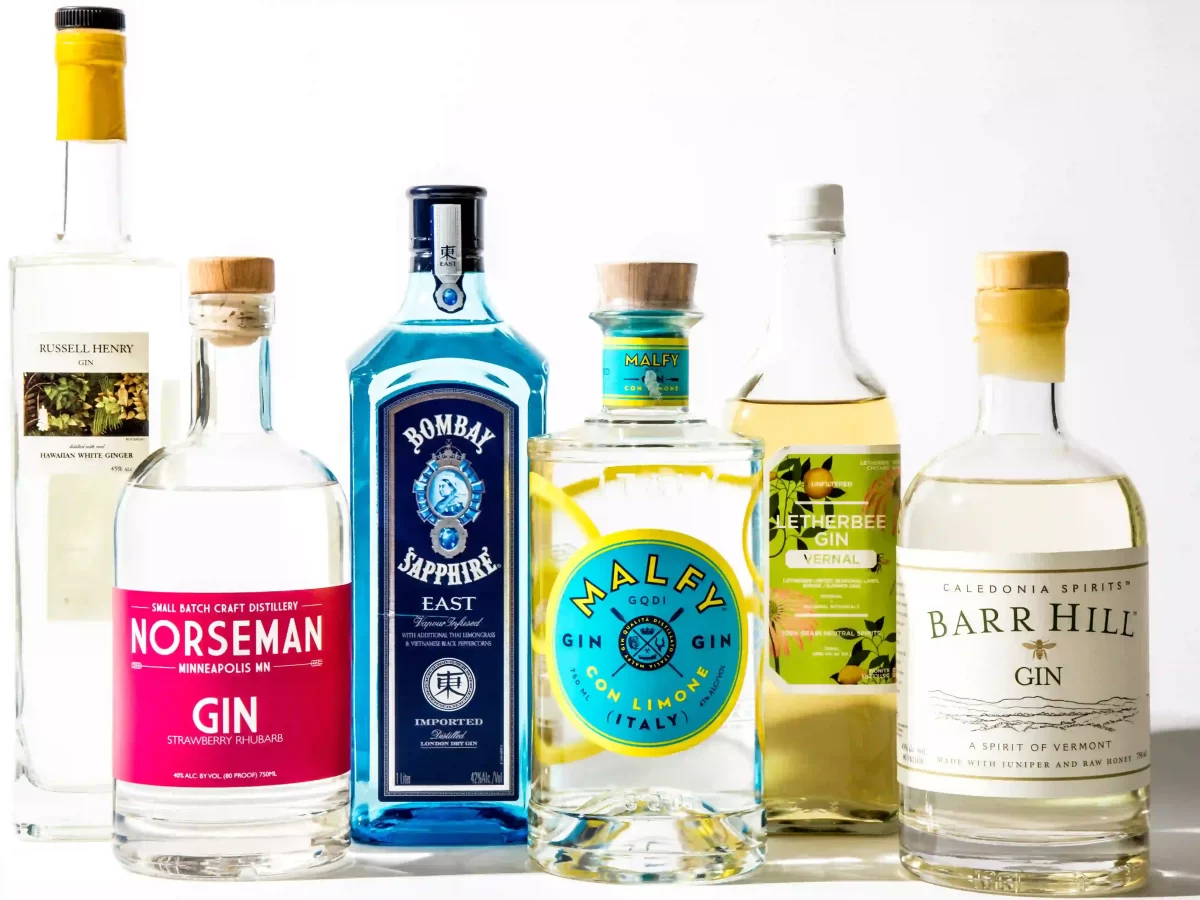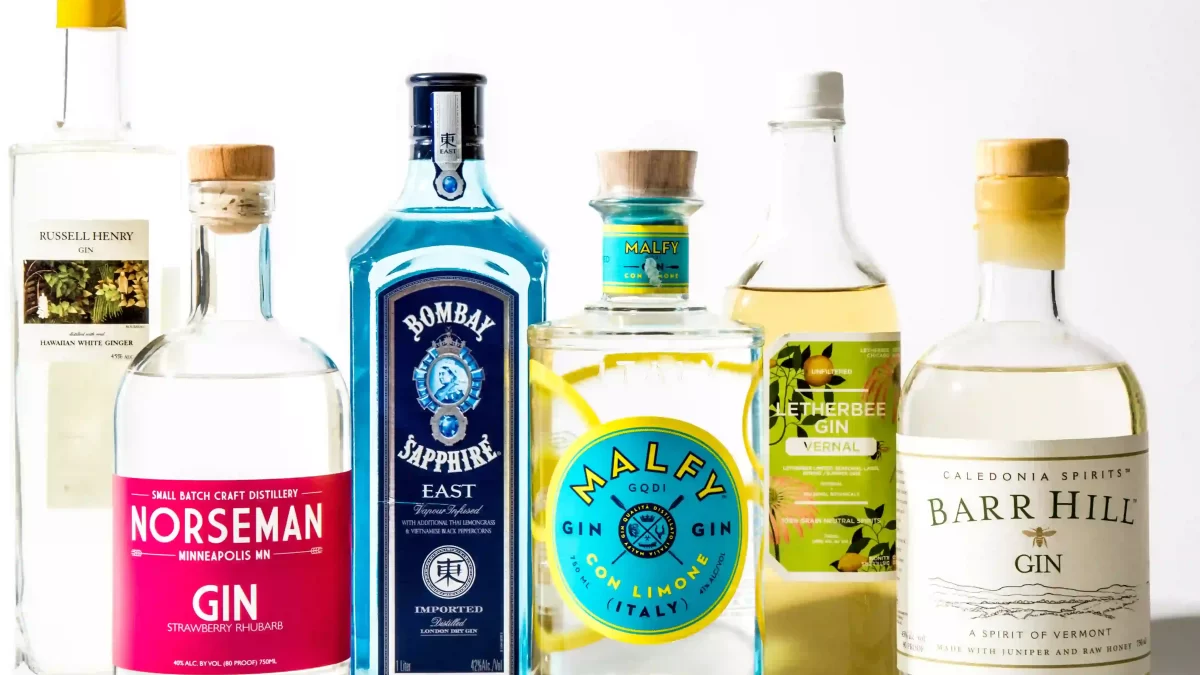
E.H. Taylor Jr. Small Batch Bourbon: A Tribute to Whiskey Excellence
June 15, 2024
Pappy Van Winkle Bourbon: The Pinnacle of American Whiskey
June 15, 2024The Timeless Classic: Gin and Tonic
Gin and tonic is a cocktail with a storied history and a timeless appeal. Its crisp, refreshing flavor has made it a favorite around the world. Combining the distinct botanicals of gin with the effervescence and slight bitterness of tonic water, this drink is both simple and sophisticated. Whether enjoyed on a warm summer evening or as a pre-dinner aperitif, gin and tonic has a versatility and charm that has endured for generations.
A Brief History
The origins of the gin and tonic date back to the 18th century during the British colonial era in India. British soldiers and officials faced the threat of malaria, and the solution came in the form of quinine, which was known to prevent the disease. However, quinine, derived from the bark of the cinchona tree, had an extremely bitter taste. To make it more palatable, British officers began mixing quinine with soda water, sugar, lime, and their ration of gin. This concoction evolved into what we now know as the gin and tonic.

The Ingredients
Gin
Gin is a distilled spirit that derives its predominant flavor from juniper berries, but it can also include a variety of other botanicals such as coriander, angelica root, citrus peel, and spices. The choice of gin can greatly affect the flavor profile of a gin and tonic. Traditional London Dry gin is the most commonly used, known for its clean, juniper-forward taste. However, the recent boom in craft distilling has introduced a wide range of gins with unique botanical blends, offering endless possibilities for variation.
Tonic Water
Tonic water, originally containing a higher concentration of quinine, has evolved into a lightly flavored, slightly bitter carbonated beverage. Modern tonic waters often include additional sweeteners and flavors, ranging from citrus to herbal notes. Premium tonic waters are available today, offering a more natural taste with lower sugar content and a higher quality of quinine, enhancing the overall experience of the cocktail.
Garnishes
Garnishes play a significant role in a gin and tonic, adding visual appeal and enhancing the drink’s aroma and flavor. The classic garnish is a wedge of lime, but other popular options include lemon, cucumber, or even aromatic herbs like rosemary or thyme. The choice of garnish can complement the specific botanicals in the gin, creating a more harmonious and enjoyable drink.
Making the Perfect Gin and Tonic
Creating a great gin and tonic is an art that balances the flavors of the gin, tonic water, and garnishes. Here’s a simple guide to making the perfect gin and tonic:
Choose Your Glassware: A highball glass or a large balloon glass (also known as a Copa glass) is ideal as it allows for plenty of ice and enhances the aromatic experience.
Add Ice: Fill the glass to the brim with large, solid ice cubes. This not only keeps the drink cold but also slows down dilution, maintaining the flavor.
Pour the Gin: Add 1.5 to 2 ounces of your chosen gin.
Add the Tonic Water: Slowly pour in 4 to 6 ounces of tonic water to maintain its carbonation. You can use a bar spoon to gently mix the drink, ensuring the gin and tonic water blend without losing too much fizz.
Garnish: Add your preferred garnish, such as a lime wedge or cucumber slice, to complement the botanicals in the gin.
Variations and Innovations
While the classic gin and tonic remains a staple, there are numerous variations to explore. Here are a few innovative twists:
Herbal Twist: Use a herb-infused gin and garnish with fresh rosemary or basil to add an earthy, aromatic element.
Fruit Infusions: Experiment with fruit-flavored gins or add fresh berries, citrus slices, or even tropical fruits like mango or passionfruit.
Spiced Up: Add a slice of ginger or a cinnamon stick for a warming, spicy twist.
Floral Notes: Use a floral gin and garnish with edible flowers or a sprig of lavender for a delicate, aromatic experience.
The Gin and Tonic Experience
The appeal of the gin and tonic goes beyond its taste. It is a drink that invites relaxation and conviviality. Whether you’re enjoying a quiet evening at home or socializing with friends, a gin and tonic provides a moment of refreshment and sophistication.
The simplicity of the ingredients allows for endless customization, making it a versatile drink for any occasion. Moreover, the resurgence of interest in craft spirits and mixers means that there are always new flavors and combinations to explore.
Conclusion
Gin and tonic is more than just a cocktail; it’s a celebration of balance and simplicity. Its rich history, the versatility of its ingredients, and the refreshing nature of the drink have cemented its place as a timeless classic. Whether you stick to the traditional recipe or venture into creative variations, a gin and tonic offers a delightful experience that never goes out of style. So, the next time you pour yourself a glass, take a moment to appreciate the history and craftsmanship behind this iconic drink. Cheers!



